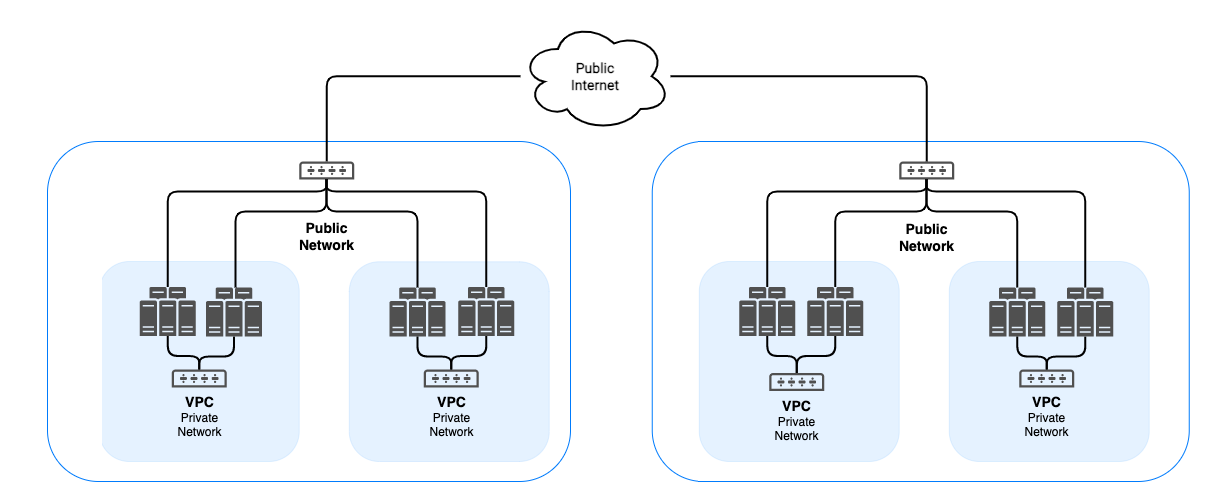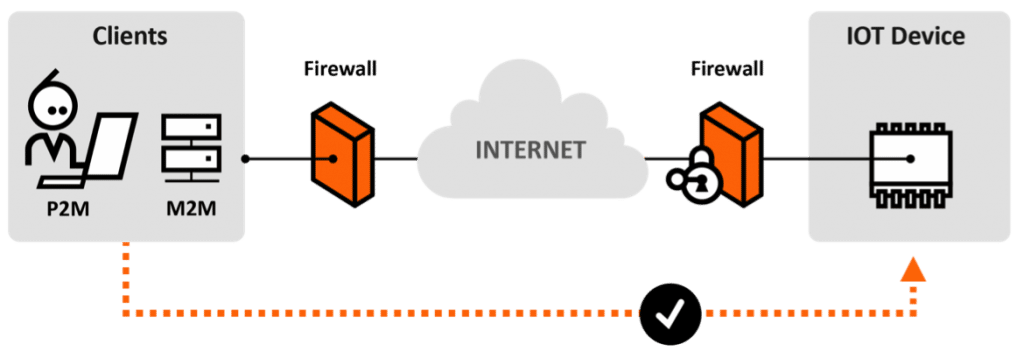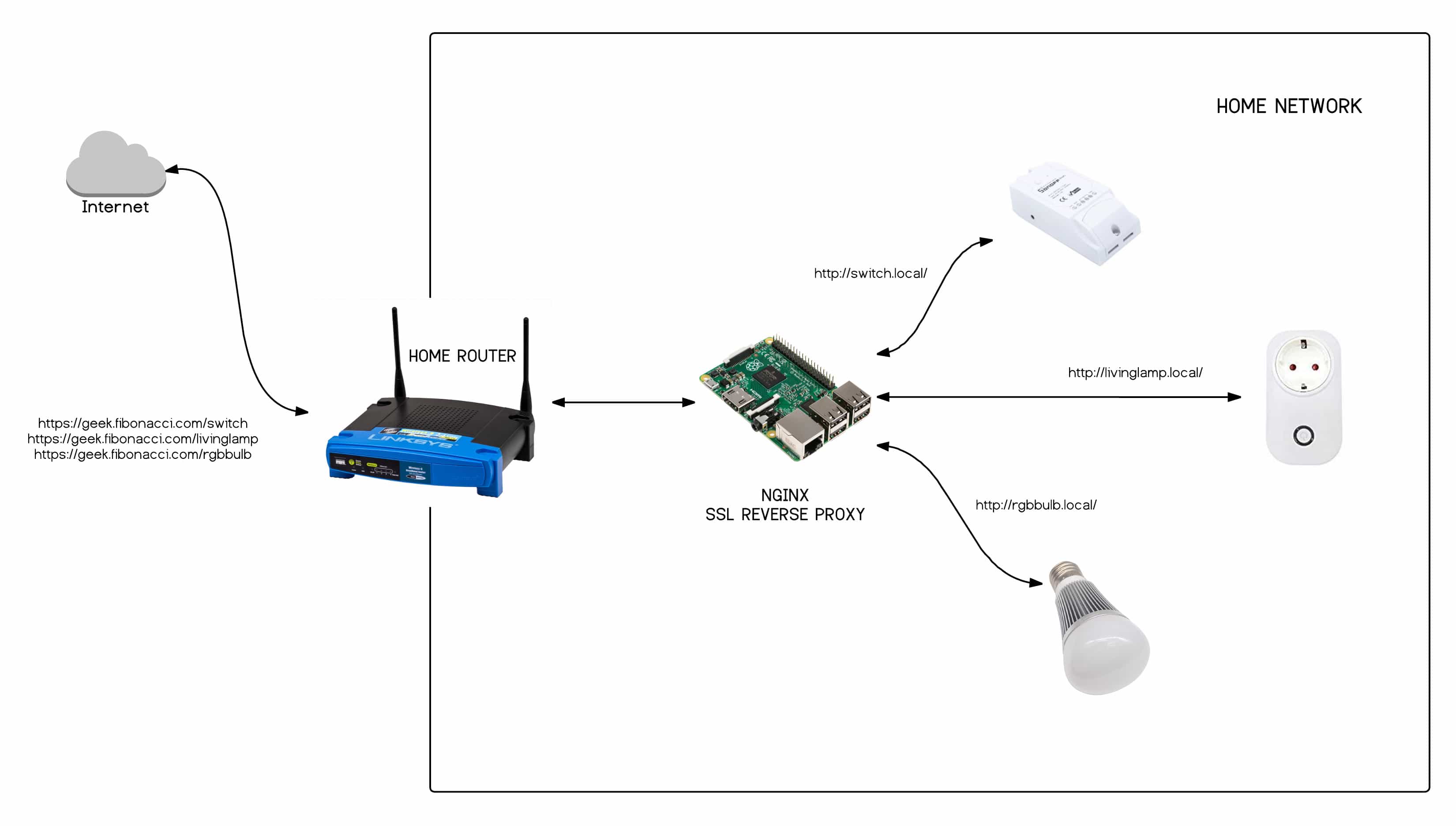Remote IoT P2P Examples: Direct Device Connections Explained
Have you ever thought about how your smart gadgets talk to each other without needing a big central server? It's a pretty neat idea, honestly. This way of connecting, often called peer-to-peer or P2P, is changing how our devices work together, making them more independent and, well, just a little bit smarter in their own way. We're going to look at some real-life remote IoT P2P examples, showing you how things can connect directly.
Typically, when you use a smart device, its messages often travel up to a cloud server, then come back down to another device. That's how many smart home systems operate, for instance. This setup, you know, it can sometimes feel a bit slow or even, in some cases, less private than we might like. There's always that central point where everything has to go.
But what if devices could just chat amongst themselves, directly? That's what remote IoT P2P is all about. It lets devices form their own little networks, talking straight to each other without a middleman. This approach offers some pretty cool benefits, like better speed and, in some respects, more control over your own data. It’s a concept that really helps devices work together more smoothly, and you can see why it matters.
Table of Contents
- What is Peer-to-Peer IoT?
- Why Direct Connections Matter
- Key Benefits of Remote IoT P2P
- Real-World Remote IoT P2P Examples
- How Remote IoT P2P Works (Simply Put)
- Challenges to Consider
- Frequently Asked Questions About Remote IoT P2P
- The Future of Remote IoT P2P
What is Peer-to-Peer IoT?
Peer-to-peer IoT, or P2P IoT, describes a way for devices to communicate directly with one another. Instead of sending data to a central server, which then sends it to another device, they form a direct link. This means, for instance, a smart light bulb can talk straight to a smart switch, just like two people having a conversation without a third party relaying every word. It's a pretty straightforward idea when you think about it.
This method differs quite a bit from the typical client-server model many of us are used to. In that traditional setup, every piece of information goes through a main hub, often located far away in a data center. With P2P, the devices themselves become the network, more or less. They handle the message passing right there, on the spot, which can be pretty useful in certain situations.
It's about making devices a bit more self-reliant, giving them the ability to connect without always needing an outside service. This can be a big deal for how we use and depend on our connected gadgets every day. You know, it really changes the whole picture of how things work together.
Why Direct Connections Matter
Direct connections really matter because they reduce our reliance on big central servers. When devices can talk straight to each other, they don't need to wait for data to travel all the way to a cloud server and back. This can mean things happen much faster, which is pretty important for quick actions, like when you want your lights to turn on instantly. So, it saves time, in a way.
Another reason these direct links are so important is for privacy. When your data stays local, just between your devices, it doesn't have to travel over the internet to a third-party server. This means less chance of your information being seen by others, which is something many people care about a lot these days. It offers a kind of quiet reassurance, you might say.
Also, having direct connections can make systems more dependable. If the internet connection goes down, or if a central server has problems, your P2P devices can still talk to each other. This is a big plus for things that need to work all the time, no matter what. It means your smart home or business system can keep going, even when the broader network faces a hiccup, and that's a pretty good thing.
Key Benefits of Remote IoT P2P
There are several good things that come from using remote IoT P2P connections. These benefits make devices work better and give people more peace of mind, too.
Enhanced Security: When data travels directly between devices, there's no single point for someone bad to try and get in. This can make the whole system feel more protected. It’s like having many small, separate doors instead of just one big main entrance.
Reduced Latency: Messages travel faster when they don't have to go to a far-off server and come back. This means actions happen almost right away. You press a button, and the light turns on, just like that, with very little waiting time.
Greater Resilience: If the internet connection is a bit shaky, or if a main server goes offline, P2P devices can often still communicate. This helps keep things running smoothly, even when there are network issues. It's a bit like having a backup plan built right in, which is pretty clever.
Lower Operating Costs: Without needing to pay for big cloud server space or lots of data transfer, the ongoing costs for running a P2P system can be much less. This can be a real saving, especially for large setups with many devices. It just makes good sense financially, you know.
Improved Privacy: Since data often stays local to your network, it doesn't leave your home or business to be processed elsewhere. This keeps your personal or operational information closer to you. It's a way to keep your data more to yourself, which is something many people appreciate.
These benefits show why P2P is becoming a popular choice for many types of connected systems. It offers a different way of thinking about how our devices interact, and it's quite a helpful change for many uses.
Real-World Remote IoT P2P Examples
Looking at some actual situations helps us see how remote IoT P2P really works. These examples show how devices can talk directly to each other in many different places, from our homes to big industrial settings. It's pretty interesting to see these ideas in action, actually.
Smart Home Device Control
In a smart home, P2P can make things much smoother. Imagine your smart light switch talking directly to your smart light bulb. You press the switch, and the light comes on right away, without the command needing to go through a cloud server first. This means if your internet goes out, your lights can still work from the switch, which is pretty handy, you know.
Similarly, a smart thermostat could communicate directly with your heating or cooling system. It could tell the furnace to turn on or off based on the temperature it senses, all without relying on an outside connection. This provides a level of dependability that a cloud-dependent system might not offer. It’s a bit like having a local, very efficient helper for your home.
This direct communication is especially useful for basic functions that you need to always be available. Things like door locks or security sensors could use P2P to alert a local hub or even your phone directly, if you are on the same network. It just makes things feel more secure and immediate, too.
Industrial Sensor Networks
In factories or big industrial places, P2P communication is incredibly valuable. Think about many sensors spread out across a large area, all watching different things like temperature, pressure, or machine vibrations. These sensors can talk directly to each other, or to a nearby control unit, sharing their readings almost instantly. This means if something goes wrong, the system can react very, very quickly.
For instance, a sensor detecting a rise in temperature on a machine could directly tell a cooling fan to start. There's no delay waiting for a central computer to process the information and send a command back. This kind of immediate response can prevent big problems, saving time and money, and that's a pretty good thing for any business.
These networks can also be more resilient. If one part of the network goes down, the other sensors can often still communicate and share data amongst themselves. This helps keep operations running smoothly, even when facing minor issues. It shows how robust these direct connections can be, in some respects.
Vehicle-to-Vehicle (V2V) Communication
Cars talking directly to other cars is another exciting P2P example. This is called Vehicle-to-Vehicle, or V2V, communication. Cars can share information about their speed, direction, and even sudden braking with nearby vehicles. This information can help drivers avoid accidents or respond to traffic changes much faster. It's a pretty amazing safety feature, actually.
Imagine a car ahead of you suddenly stops. Its system could instantly send a signal to your car, telling your vehicle to prepare for braking, or even to warn you. This happens in milliseconds, giving you more time to react than just seeing brake lights. It really helps make roads safer for everyone, you know.
V2V also plays a role in future transportation ideas, like platooning, where vehicles drive close together in a coordinated way to save fuel. They need to communicate very precisely and quickly, and P2P connections are just the thing for that. It’s a vision of how cars might work together more effectively, which is pretty cool.
Decentralized Energy Grids
Energy systems are also seeing the benefits of P2P. Think about homes with solar panels or battery storage. In a decentralized energy grid, these homes can trade excess energy directly with their neighbors. If your solar panels produce more electricity than you need, you could sell it directly to the house next door that needs more, rather than sending it all back to a big power company. This makes energy use more efficient, and that's a pretty good thing.
This direct trading helps balance the local energy supply and demand, making the grid more stable. It also means less energy is lost during long-distance transmission. It’s a way of empowering local communities to manage their own energy resources, more or less. This kind of local sharing is quite a shift for how we think about power, too.
Such systems can also be more resilient to outages. If a main power line goes down, homes with P2P connections and local energy sources might still be able to power themselves and even share with others nearby. This provides a very important layer of reliability for people, you know, especially during rough weather.
Remote Healthcare Monitoring
For healthcare, P2P can be very helpful for remote monitoring. Imagine a wearable health device, like a heart rate monitor or a blood pressure cuff, sending data directly to a tablet or a local hub in a patient's home. This data can then be securely shared with a doctor's device, without needing to go through a large, distant server. This means health information can get to caregivers very quickly, which is pretty important.
This direct flow of information helps doctors keep a closer eye on patients who are at home, making sure they get the care they need without always having to visit a clinic. It gives a sense of immediate connection between the patient's data and the medical team. It's a way to provide care that feels more personal and timely, you might say.
In emergency situations, the speed of P2P communication can be lifesaving. If a device detects a serious change in a patient's condition, it can alert a local emergency contact or a medical professional almost instantly. This fast response time can make a big difference in outcomes. It’s a really valuable use of this technology, actually.
How Remote IoT P2P Works (Simply Put)
The way remote IoT P2P works is pretty clever, but you can think of it in a few simple steps. First, devices need to find each other. This is called "discovery." They send out signals looking for other devices that want to connect. It's a bit like shouting into a crowd to see who answers, you know, but in a very organized way.
Once devices find each other, they establish a direct link. This is the "connection" part. They agree on a way to talk, often using specific communication methods like Wi-Fi Direct or Bluetooth Mesh. This link is just between those two devices, or sometimes a small group of them. It's like they've set up their own private phone line, more or less.
Then comes the "communication." Over this direct link, they send data back and forth. A sensor might send temperature readings to a display, or a smart lock might receive a command from your phone. This whole process happens without needing a central server to relay the messages. It's quite efficient, too.
Technologies like Wi-Fi Direct allow devices to connect without a router, making them peers. Bluetooth Mesh allows many devices to form a network, passing messages along to reach their destination. These methods help make P2P possible for many everyday items. It's pretty neat how they manage it, in a way.
Challenges to Consider
While remote IoT P2P offers many good things, there are some challenges to think about. One big one is making sure devices can always find each other. This "discovery" process can sometimes be tricky, especially if devices are far apart or if there are many of them. It requires careful planning to make sure everyone can connect, you know.
Security is still a very important concern, even with direct connections. Just because data isn't going through a cloud server doesn't mean it's automatically safe from unwanted eyes. Devices still need ways to make sure they are talking to the right device and that their messages are private. This means using good security measures, in some respects, right at the device level.
Another point is compatibility. Not all devices from different makers might speak the same P2P "language." This can make it hard for them to connect directly. Industry standards are working on this, but it's something to keep in mind when choosing devices. It's a bit like trying to get two people from different countries to talk without a common language, which can be difficult.
Managing and updating many P2P devices can also be a bit more involved than managing a central system. Each device might need individual attention for software updates or troubleshooting. This requires a bit more hands-on effort, sometimes, but the benefits often make it worthwhile. So, there's a trade-off to consider.
<
Securely Connect Remote IoT P2P SSH Raspberry Pi Free Server

P2P IoT Connectivity Solution for Remote Control of Devices

Mastering Secure IoT Connections: A Step-by-Step SSH Guide For Ubuntu